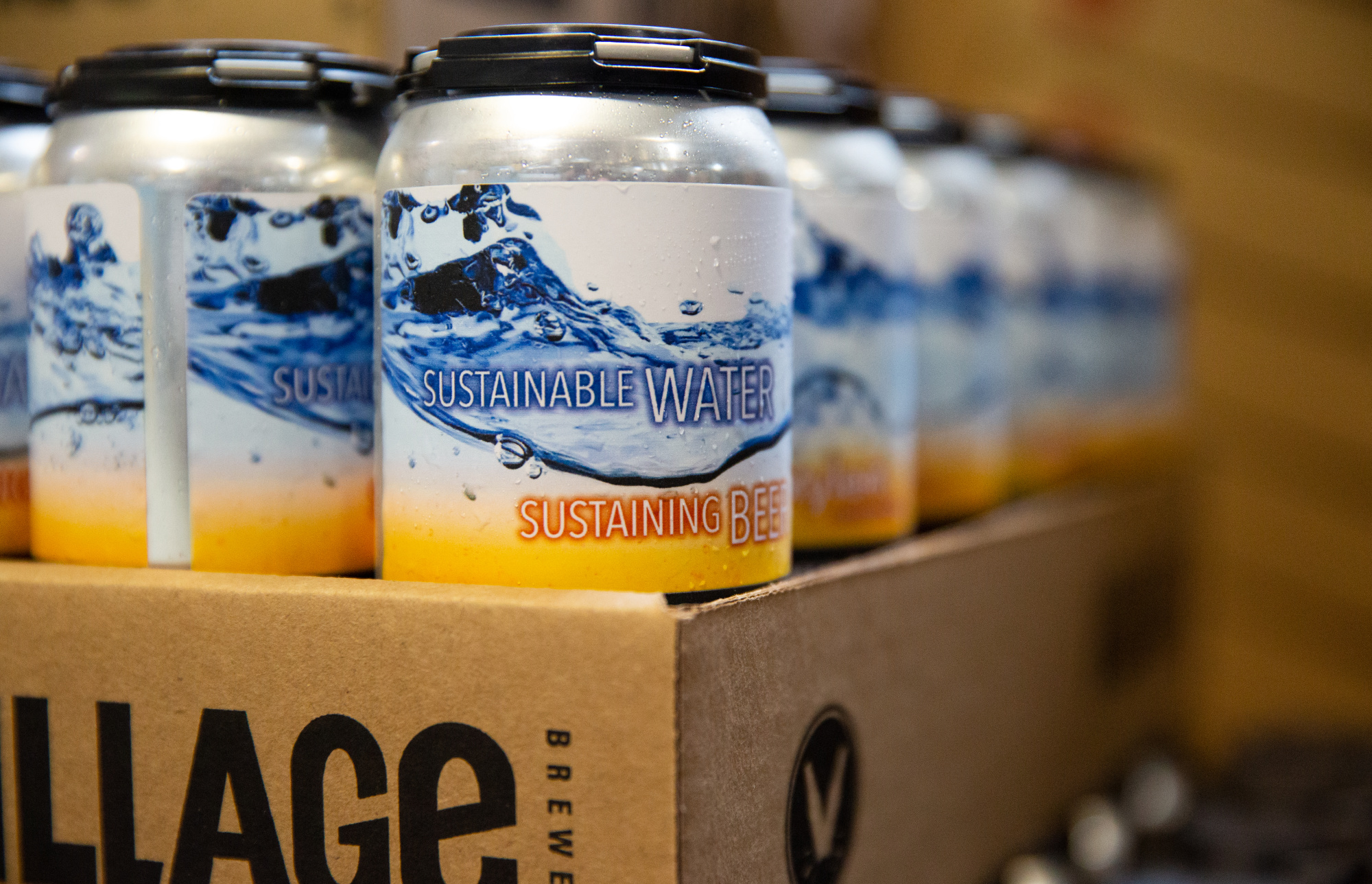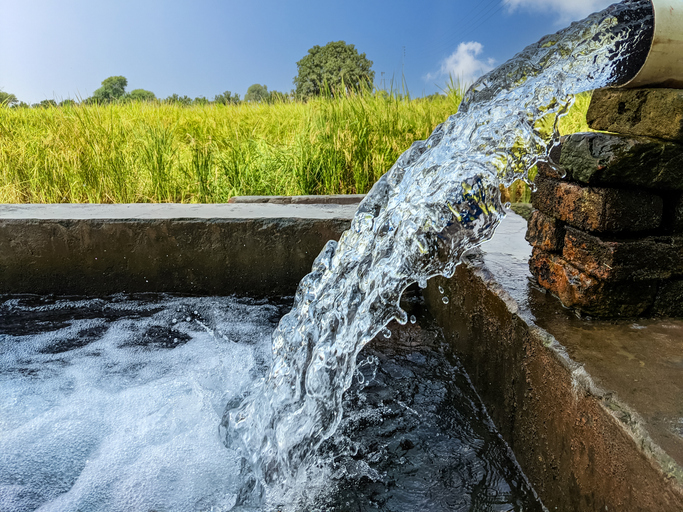Water is a key ingredient in the beer-making process. It’s so simple, it’s generally an afterthought. But what if it wasn’t just any water, but the water that began its life being flushed down a toilet?
Water conservation was taken to a whole new level in the spring of 2020 in Calgary with a partnership between a local brewery, the University of Calgary and Xylem Inc., which produced a limited batch of 1,600 cans of Village Blonde beer using treated wastewater.
While the idea may be unique, the thought process behind it wasn’t says Christine O’Grady, program coordinator at the University of Calgary’s Advancing Canadian Water Assets (ACWA).
“This beer shows that water reuse can be a safe and important part of our sustainable future,” says O’Grady. “Wastewater can be treated using advanced treatment technology, making it into a reliable and safe water supply for many uses.”
ACWA, an initiative of the Urban Alliance, is a strategic partnership between the university and the City of Calgary. Its research facility is integrated into the Pine Creek wastewater treatment plant and includes ultrafiltration and nanofiltration membrane modules, plus O3 and H2O2 oxidation with and without UV.
Its purpose, says O’Grady, is “to advance best practice in water treatment—raising the bar as far as contaminants of concern, looking at environmental effects, encouraging innovation to do better and ideally helping the municipality to save money in the way that they treat wastewater.”
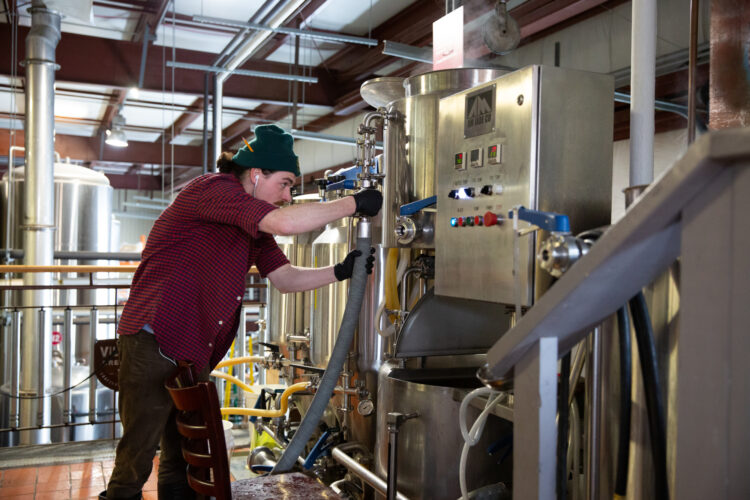
The idea to produce beer with treated wastewater came from a lighthearted remark at a meeting where ACWA was discussing projects to collaborate on with water technology company Xylem.
“Yeah, we could make beer with the water. Why can’t we make beer?” recalls O’Grady. “We had the technology. We had the treatment train, we just linked it all together.”
The project was enthusiastically embraced at Xylem.
“When we were approached about the idea, we thought it would fit neatly into Watermark, our corporate social responsibility program,” says Kevin Flis, client solutions manager at Xylem Digital Solutions. Flis adds that the company has a strong relationship with ACWA through its Calgary branch office. “Xylem is very dedicated to the water reuse industry as a whole because it’s aligned with our sustainability efforts, one of which is to help communities achieve water reuse by optimizing global water management by saving more than 16.5 billion cubic meters of water through advanced technologies that avert water loss and enable water reuse.”
The ‘Yuck Factor’
ACWA then approached Village Brewery, a local company that is “very sustainably-minded,” according to O’Grady.
“There’s a mental hurdle to get over of how inherently gross this could be,” says Jeremy McLaughlin, head brewer at Village Brewery. “But we know that this water is safe, we know that this beer is safe, and we stand by our process.”
Jackson Stuart, the brewery’s marketing manager, says Village was excited to take part in a project that put sustainability front and centre.
“The big thing for us was to try and make sure that the beer tasted the exact same as our other normal Village Blonde and we achieved that. We’re confident.”
O’Grady concurs. “I understand the yuck factor, but I knew the technology that was treating [the water] was very safe.”
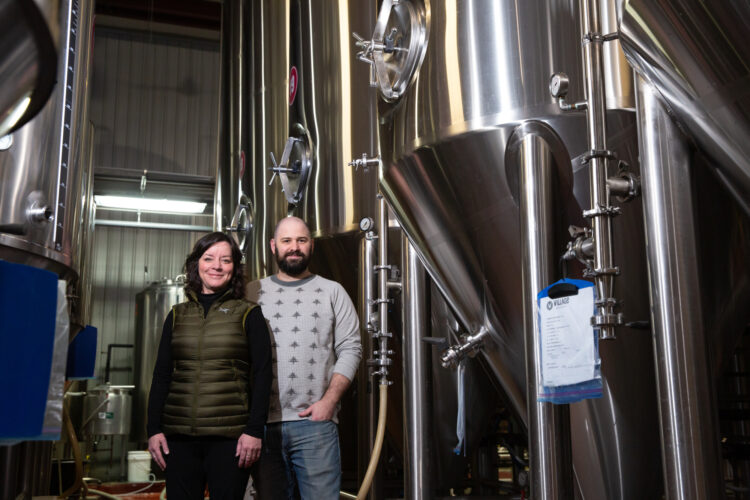
Alberta Health Services’ Safe Healthy Environments (AHS-SHE) provided guidance to the team as it created a water safety plan for the project. AHS-SHE supports safe and healthy communities, as set out under the Public Health Act and related legislation.
Before being sent to the brewery, the water was treated at ACWA using tertiary treatment technologies including advanced oxidation and nano-filtration. It was then tested to demonstrate that it met rigorous standards outlined by AHS-SHE for water reuse, including pathogen reduction requirements, as well as Canadian Drinking Water Guidelines.
“With the right measures in place alternative water sources—such as wastewater, greywater, rooftop collected rainwater, and stormwater—can be made safe for many potable and non-potable end uses,” says Jessica Popadynetz, AHS public health inspector.
Municipal wastewater normally runs through a complex system involving screens, filters, microbes, and ultraviolet light to make it clean enough to return to Calgary’s Bow River.
The ACWA team took partially treated water from the plant and ran it through additional advanced treatment using ultrafiltration, followed by advanced oxidation (ozone plus ultraviolet treatment), then reverse osmosis.
The advanced oxidation system was Xylem’s contribution to the project.
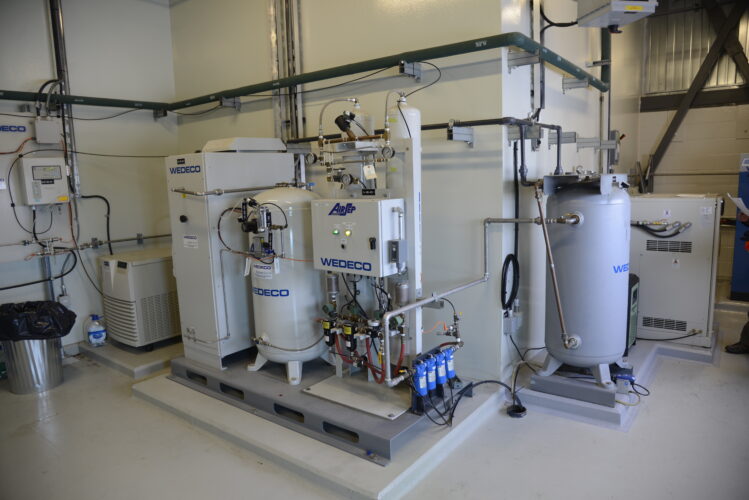
“The unit was used to create an effective barrier for removing viruses and bacteria from the water stream to disinfect it,” says Flis, “but also to remove any of what we call contaminants of emerging concern—essentially, items that are unregulated, but we are aware of their potential harmful impact, in particular pharmaceuticals.”
The ozone activation is only one part of the entire treatment train that included ultrafiltration membranes, followed by the ozone activation, followed by ultraviolet or UV disinfection, and finally reverse osmosis.
The beer went on sale on August 22, 2020, Earth Overshoot Day.
Earth Overshoot Day marks the date when humanity has supposedly exhausted nature’s budget for the year. For the rest of the year, our ecological deficit is maintained by drawing down local resource stocks and accumulating carbon dioxide in the atmosphere.
The project was undertaken from a mindset of promoting water reuse, she adds.
“Proper stewardship of water resources is critical to the planet’s sustainability, and water reuse can reduce the amount of fresh water required by some applications and decrease diversion from sensitive ecosystems,” says O’Grady. “ACWA is proud to lead by example and champion water reuse with our partners in this project.”
This article was written by ReNew Canada’s Editor John Tenpenny. The article first appeared in the April 2021 issue of Plumbing & HVAC magazine and was reprinted with permission in the September/October issue of Water Canada. The header image credit goes to Riley Brandt/University of Calgary.

